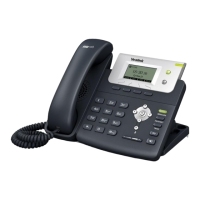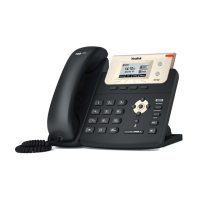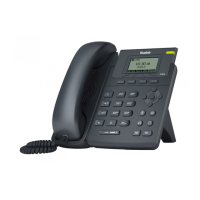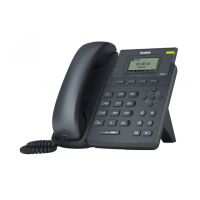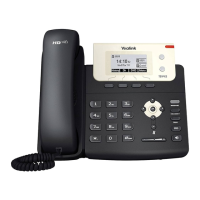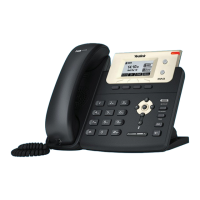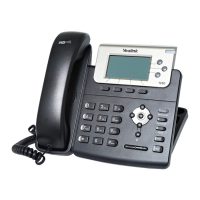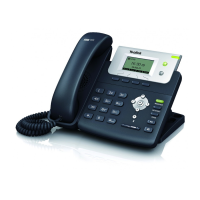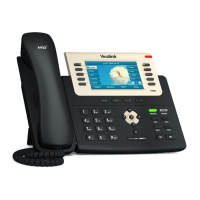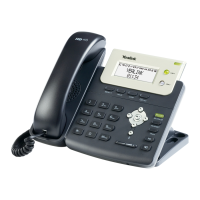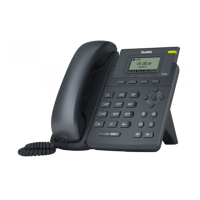Administrator’s Guide for SIP-T2 Series/T19(P) E2/T4 Series/T5 Series/CP860/CP920 IP Phones
1086
unique Call-ID is generated and the
Contact-URI field indicates that User A
requested the call.
INVITE—Proxy Server to User C
The proxy server maps the SIP URI in the
To field to User C. The proxy server sends
the SIP INVITE request to User C.
180 Ringing—User C to Proxy
Server
User C sends a SIP 180 Ringing response
to the proxy server. The 180 Ringing
response indicates that the user is being
alerted.
180 Ringing—Proxy Server to
User A
The proxy server forwards the 180 Ringing
response to User A. User A hears the ring-
back tone indicating that User C is being
alerted.
200OK—User C to Proxy Server
User C sends a SIP 200 OK response to
the proxy server. The 200 OK response
notifies User A that the connection has
been made.
200OK—Proxy Server to User A
The proxy server forwards the SIP 200 OK
response to User A. The 200 OK response
notifies User A that the connection has
been made.
ACK—User A to Proxy Server
User A sends a SIP ACK to the proxy
server. The ACK confirms that User A has
received the 200 OK response. The call
session is now active.
ACK—Proxy Server to User C
The proxy server forwards the ACK
message to User C. The ACK confirms that
the proxy server has received the 200 OK
response. The call session is now active.
Busy Call Forward
The following figure illustrates successful call forwarding between Yealink SIP IP phones in
which User B has enabled busy call forward. The incoming call is forwarded to User C when
User B is busy. In this call flow scenario, the end users are User A, User B, and User C. They are
all using Yealink SIP IP phones, which are connected via an IP network.
